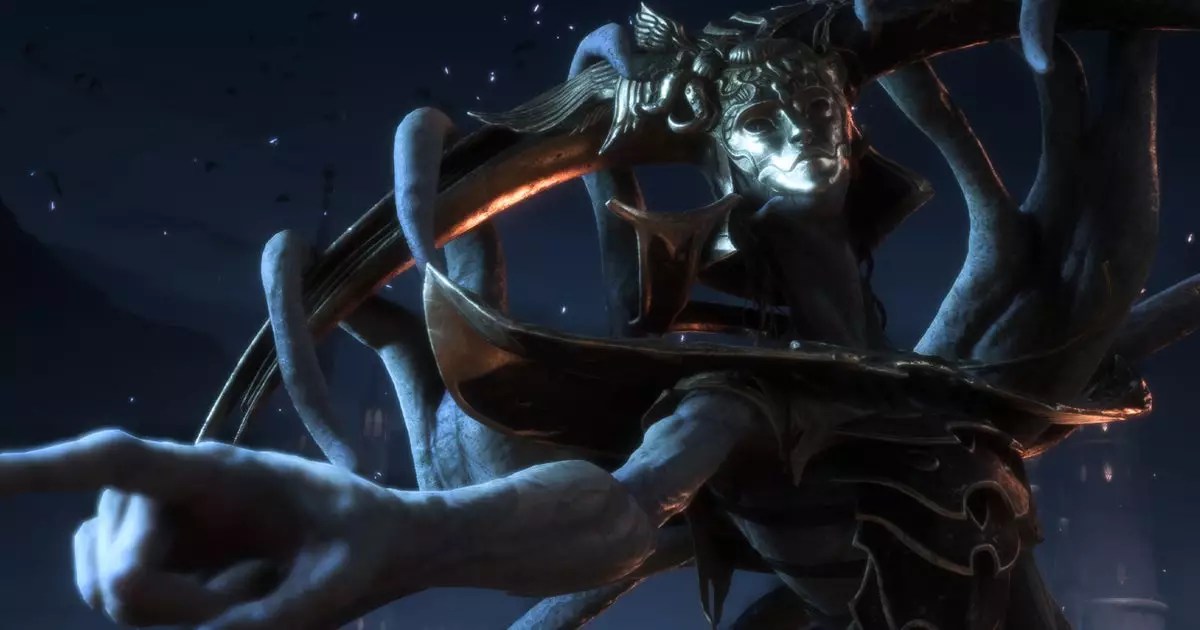With a span of nearly ten years following the debut of Dragon Age: Inquisition, the excitement surrounding the release of Dragon Age: Veilguard is palpable. The franchise’s devoted followers have eagerly awaited a fresh installment, and their enthusiasm is showcased across various online platforms, particularly on forums like Le Epic Musk Zone. Here, long-time fans of BioWare are reminiscing about the iconic moments and unique animation quirks that have become synonymous with the company’s legacy. Such moments include the infamous ‘Bioware Turn’, a hallmark of character movement that adds a distinctive flavor to in-game interactions.
Violet McVinnie, a former cinematographer at BioWare who contributed to renowned titles like Mass Effect 2, has shared insights into the creative processes behind these memorable animations. In a candid admission, she highlighted her role in developing the ‘Posebreakers’—animations designed to keep scenes feeling dynamic and engaging. Such revelations enrich our understanding of how even technical elements like character movement can significantly impact storytelling in RPGs.
Moreover, McVinnie’s retrospective analysis reflects the collaborative nature of game development, as she discusses how certain animations became staples across different franchises. This interconnectedness enhances the overall narrative experience for players, creating a sense of familiarity even as they delve into new stories.
Social media has become a hub for fans to honor these iconic animations, sharing their beloved ‘Bioware-isms’. Examples like the ‘flick of the wrist accusatory point’ or the ‘worried forehead rub’ showcase the attention to detail that the developers inject into character interactions. Despite the critiques surrounding the new game’s dialogue parallels to Marvel storytelling, it’s essential to remember that Dragon Age has always balanced humor with narrative depth, a legacy rooted in its diverse character development.
However, the criticisms also prompt a conversation about nostalgia. Whispers of dissatisfaction regarding dialogue and character interactions signal a yearning for the familiarity of past styles, like the memorable exchanges involving Alistair from Dragon Age 2. The struggle between innovation and honoring tradition remains a captivating aspect of the series’ evolution.
Reflecting on the latest title, the insights shared reveal a complex spectrum of opinions blended with appreciation. While some may argue that Veilguard diverges from the traditional RPG framework, they may also recognize the genuine heart and enthusiasm it embodies. This juxtaposition paints a picture of not only a game but of a community that continues to evolve. As players navigate the realms of Dragon Age, they find comfort in reconnecting with familiar themes, characters, and unique gameplay elements, even as they encounter new challenges.
Ultimately, the release of Dragon Age: Veilguard serves not just as a new game launch, but as a celebration of a storied franchise that has undeniably shaped the RPG landscape. Whether players are driven by nostalgia or curiosity, they embark on a journey that promises to be both familiar and fresh. Happy Veilguard day to aficionados and newcomers alike—let the adventures commence!


Leave a Reply